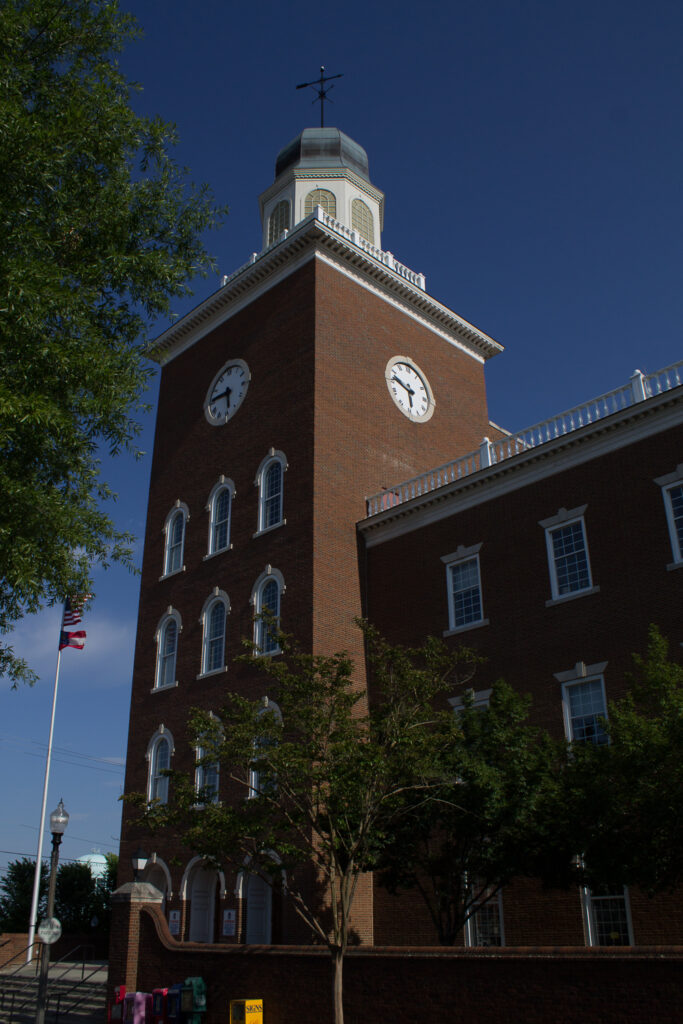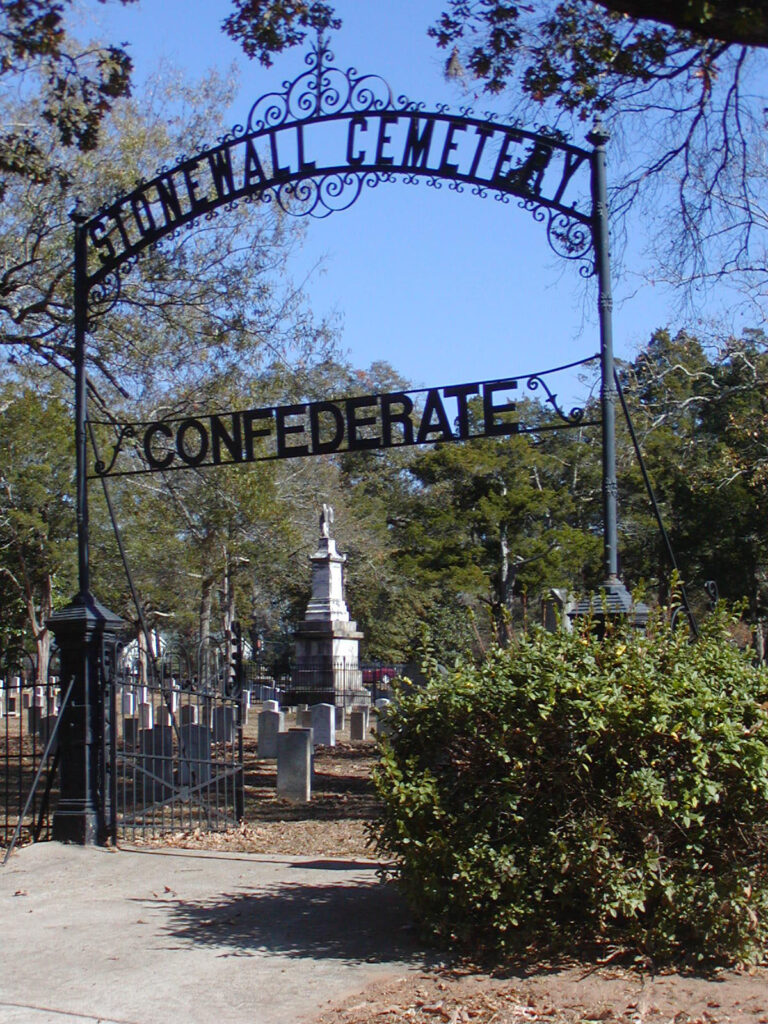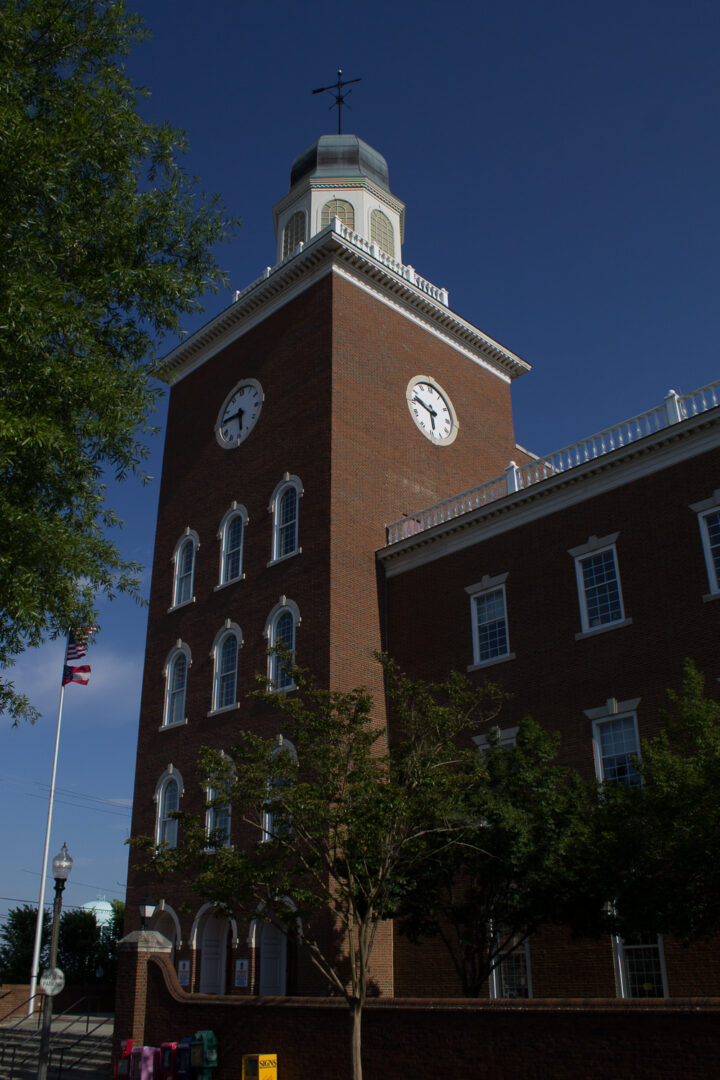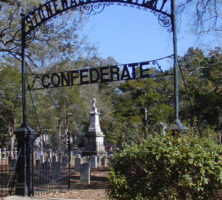Spalding County, in west central Georgia, was created in 1851 by the state legislature from parts of Fayette, Henry, and Pike counties. Forty miles south of downtown Atlanta, Spalding is part of the Atlanta Metropolitan Statistical Area and one of six counties in the Towaliga Soil and Water Conservation District. Comprising 198 square miles, the county was named for Thomas Spalding, an influential statesman and planter from coastal Georgia.
Early History
The incorporated communities in Spalding County are Griffin, Orchard Hill, and Sunny Side. The county seat is Griffin, where the current county courthouse was built in 1985. Griffin was incorporated in 1843, when it was located in Pike County. Known as Pleasant Grove until 1841, the town was first settled in the mid-1820s. In 1840 Lewis Lawrence Griffin, a banker, planter, philanthropist, and the first president of the Macon and Western Railroad, bought 800 acres in the area. He sold off lots in town, with plans to develop the community into an elaborate city with wide boulevards. Pleasant Grove citizens renamed the town to honor him.

A number of military companies from Spalding County fought in the Civil War (1861-65), and historical markers noting their activities are scattered across the area. Infantry mobilized from Camp Stephens, two miles north of Griffin on McIntosh Road, and residents cared for the wounded in the town’s hospitals and homes. The hundreds of miles of railroad through the county sustained major damage during the war, creating extreme financial distress throughout the area. The economy was later revived by the arrival of textile manufacturing.
The Stonewall Confederate Cemetery and Memorial Park in Griffin was created by women who collected and buried the remains of the fallen after the battles of Atlanta and Jonesboro. It has since been dedicated to the dead of other American wars, as well as to the women who nursed soldiers during the Civil War.
People and Places
Notable persons who have lived in Spalding County include the gambler and sharpshooter John Henry “Doc” Holliday and Olympic track and field athletes Margaret Matthews and Wyomia Tyus.

Among the interesting sites in the county is the Orr-Williamson-Gaissert Homeplace (also known as the Old Gaissert Homeplace, the Williamson Place, or the Mary Brook Farm), northeast of Williamson. The site won a 2002 Georgia Centennial Farm Award, which honors families and farms for preserving their historic properties. Oak Hill Cemetery, part of Griffin’s original city plan, is the burial site of many historical figures associated with Spalding County.
Economy and Population
As have many other areas in the state whose economies focused on one or two major industries, Spalding County has experienced cycles of economic depression and recovery during the Civil War, Reconstruction (1867-76), a subsequent depression, a boll weevil infestation, and the Great Depression. Most recently, Spalding County’s economy has been threatened by imported textile goods, which directly compete with one of the county’s major products.
Although it has remained a county of small-town communities, Spalding’s proximity to Atlanta has attracted new residents from the city. Several regional facilities, including Spalding Regional Medical Center and Southern Crescent Technical College, also draw people to the area. The University of Georgia College of Agricultural and Environmental Sciences supports a Griffin campus that provides agricultural education, conducts research, maintains an agricultural extension service, and serves the needs of area residents and farmers with information and other assistance.
According to the 2020 U.S. census, Spalding County’s population was 67,306, an increase from the 2010 population of 64,073.








